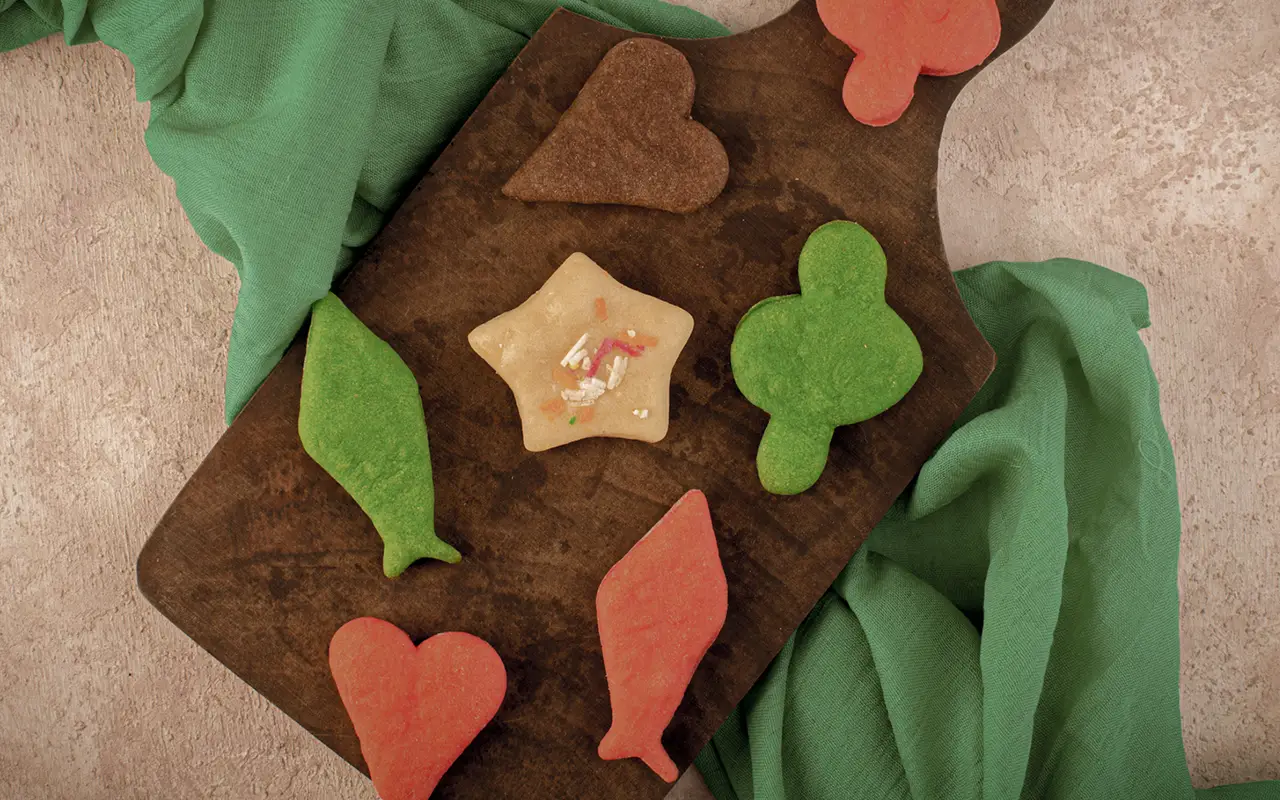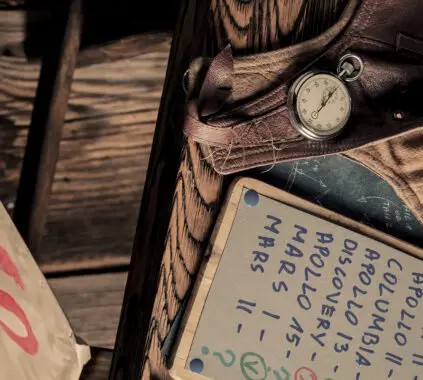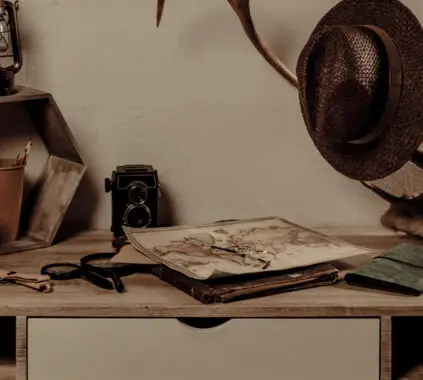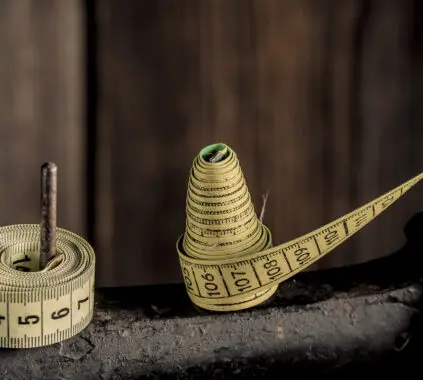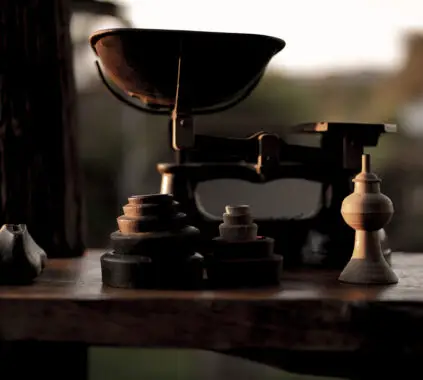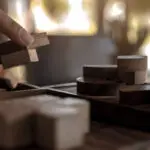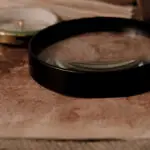The Scene: A Creative Team Stuck in “Serious Mode”
The brainstorming session had all the right ingredients.
Smart, talented people.
A clear goal.
Whiteboards full of post-it notes.
But something was missing.
The ideas felt safe. Predictable. Stale.
I could see it in their faces—they were overthinking.
So I did what any creative leader would do.
I handed them Play-Doh.
The Experiment: How the Play-Doh Cookoff Works
I turned to the team and said:
“For the next 10 minutes, you’re not designers, marketers, or strategists.”
“You’re chefs.”
The Challenge: Compete in a high-stakes cooking competition… using only Play-Doh.
The Rules:
Create a dish for a fake restaurant concept.
Give it a name & backstory.
Pitch it like a Top Chef contestant.
The team hesitated at first.
“What does this have to do with branding?”
“Shouldn’t we be focusing on the actual project?”
But within moments, something shifted.
People stopped filtering their thoughts.
Ideas got weirder, riskier, more unexpected.
They broke out of their stuck mindset—without even realizing it.
Because the fastest way to unlock creativity… is to stop taking it so seriously.
– Lauren Janeeen
Why This Works (The Science Behind Play & Creativity)
When people feel pressure to be creative on command, their brains often freeze.
Too much focus on “getting it right” kills creative risk-taking.
But play removes the fear of failure.
When you’re playing, there’s no “wrong” answer—just exploration.
What Play Does to the Brain:
- Activates divergent thinking → You generate more unexpected ideas.
- Lowers the stakes → The brain stops filtering “bad” ideas too soon.
- Builds creative confidence → People stop overthinking and start trusting their instincts.
And that’s when the best ideas happen.
How to Use This for Teams, Education & Personal Creativity
1: For Creative Teams: Break Out of the Overthinking Trap
Next time your team is stuck, switch gears with a playful creative challenge.
- Example: Instead of asking “How do we brand this campaign?” → Ask “If this brand were a restaurant, what would be on the menu?”
- Example: Instead of “What’s the tagline?” → Ask “If this brand were a character in a fantasy novel, who would they be?”
When people stop overthinking, the best ideas emerge naturally.
2: For Educators: Make Learning Hands-On & Unexpected
Students engage when learning feels like play.
Instead of textbook memorization, try:
- Role-playing challenges (Teach history by making students “argue” as historical figures.)
- Tactile learning (Use Play-Doh, Lego, or drawing to map out complex ideas.)
- Gamifying assignments (Turn lessons into competitions, escape rooms, or storytelling missions.)
When students create, they remember.
3: For Your Own Creativity: Train for Ambiguity Like an Artist
If you ever feel stuck, blocked, or uninspired…
Switch from thinking mode to play mode.
Try this:
- Grab something tactile (clay, markers, objects—anything hands-on).
- Set a weird challenge (“Make a business card for a character that doesn’t exist.”)
- Give yourself 10 minutes—no overthinking.
Creativity isn’t just about ideas—it’s about knowing what to do when you have no idea what to do.
– Lauren Janeen
The Final Lesson: Play is Not the Opposite of Work—It’s a Creative Superpower
Somewhere along the way, we were told:
“Serious work requires serious thinking.”
But the truth is, play isn’t childish.
- Play is how humans solve problems.
- Play is how we make unexpected connections.
- Play is how we train creative reflexes, so when the real challenge comes, we already know how to adapt.
So whether you’re leading a team, teaching a class, or trying to unlock your own creativity—
Don’t just work on creativity. Play with it.
– Lauren Janeen
You’ll be surprised what happens next.
Your Challenge This Week
- Try a Play-Doh Cookoff (or any playful creative challenge).
- Notice how it changes your team’s energy & thinking.
- Share on my socials: When was the last time play helped you unlock an idea?


